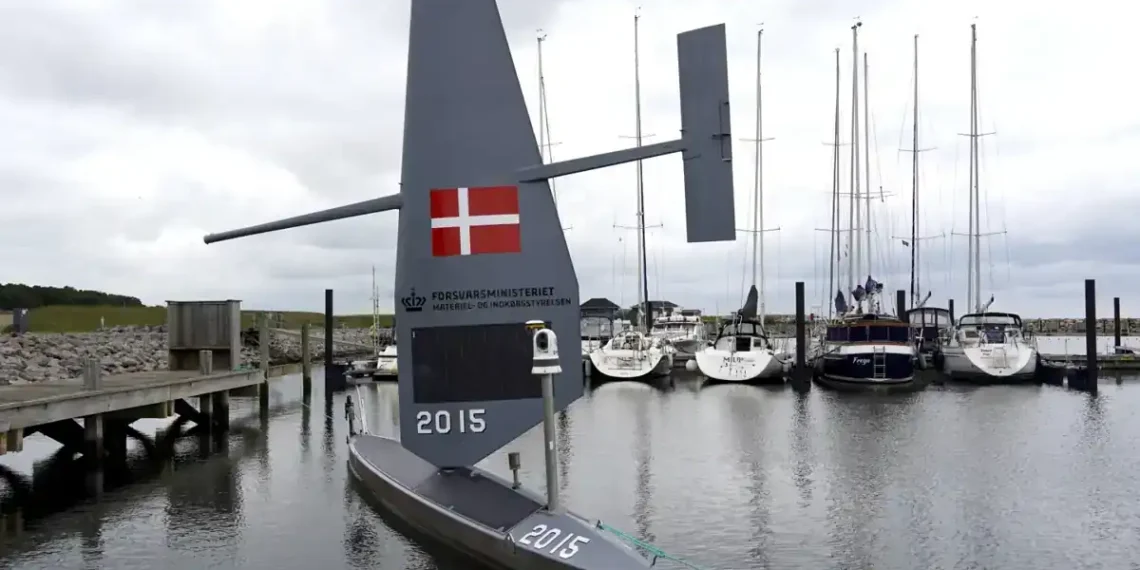Denmark Deploys Robotic Sailboats for High-Tech Surveillance in Baltic Waters
From afar, they look like sleek sailboats cruising under Denmark’s red-and-white flag. But these aren’t your typical pleasure crafts — they’re unmanned robotic vessels quietly patrolling some of the world’s most tense waters.
Denmark has launched four autonomous sailboats, called Voyagers, as part of a three-month trial aimed at boosting maritime surveillance in the Baltic and North Seas. These cutting-edge sea drones, developed by California-based startup Saildrone, are being deployed to help Denmark and NATO keep closer tabs on under-monitored areas where geopolitical tensions — and incidents of sabotage — have been on the rise since Russia’s full-scale invasion of Ukraine in 2022.
What Makes These “Robotic Sailboats” Special?
The 10-meter-long (about 30 feet) Voyagers are wind- and solar-powered, meaning they can remain at sea for months without needing to refuel or dock. Equipped with advanced radar, infrared and optical cameras, sonar, and acoustic monitoring tools, they’re designed to detect what’s happening both above and below the water’s surface — up to 30–50 kilometers away.
Think of them as floating surveillance trucks, says Saildrone founder and CEO Richard Jenkins: “We’re going to places where we previously didn’t have eyes and ears.” According to Jenkins, threats like damaged undersea cables, illegal fishing, and smuggling often go unnoticed simply because no one is watching.
Two Voyagers launched this week from Koge Marina, just south of Copenhagen. Two others joined a NATO exercise earlier this month, and all four will now begin shifting patrol zones within Danish waters before integrating into broader NATO surveillance efforts.
Why Now? Rising Risks Under the Surface
The trial comes as NATO faces a growing number of unexplained incidents at sea — from the 2022 Nord Stream pipeline explosions to more recent attacks on undersea fiber-optic cables. Since late 2023, at least 11 such cables have been damaged, including a January rupture that severed communications between Latvia and Sweden’s Gotland Island.
Danish defense officials say these robotic sailboats could be crucial for protecting undersea infrastructure, especially given the increasing presence of Russia’s so-called “shadow fleet” — a group of aging oil tankers operating under murky ownership structures to dodge international sanctions.
One of these vessels, the Eagle S, was seized last December by Finnish authorities for allegedly damaging a key power cable with its anchor.
“We’re trying to build a layered system that allows for constant monitoring of potential threats — but at a much lower cost than having a warship shadow every suspicious vessel,” explained Peter Viggo Jakobsen of the Royal Danish Defense College.
A New Kind of Maritime Defense
The Voyagers are part of NATO’s broader push to combine traditional naval patrols with modern tools like autonomous surface vehicles, satellites, and seabed sensors. “The security situation in the Baltic is tense,” said Lt. Gen. Kim Jørgensen of the Danish Defense Ministry. “These drones will patrol Danish waters before linking up with NATO forces.”
The Voyagers aren’t just an experiment — they’re a step toward smarter, more cost-effective 24/7 maritime security.
While Saildrone’s technology is gaining attention, Jenkins steered clear of commenting on broader political tensions, such as former U.S. President Donald Trump’s controversial comments about using military force to seize Greenland — a territory of Denmark. “We’re not political,” he said. “We just focus on the mission.”
This article was rewritten by JournosNews.com based on verified reporting from trusted sources. The content has been independently reviewed, fact-checked, and edited for accuracy, neutrality, tone, and global readability in accordance with Google News and AdSense standards.
All opinions, quotes, or statements from contributors, experts, or sourced organizations do not necessarily reflect the views of JournosNews.com. JournosNews.com maintains full editorial independence from any external funders, sponsors, or organizations.
Stay informed with JournosNews.com — your trusted source for verified global reporting and in-depth analysis. Follow us on Google News, BlueSky, and X for real-time updates.














